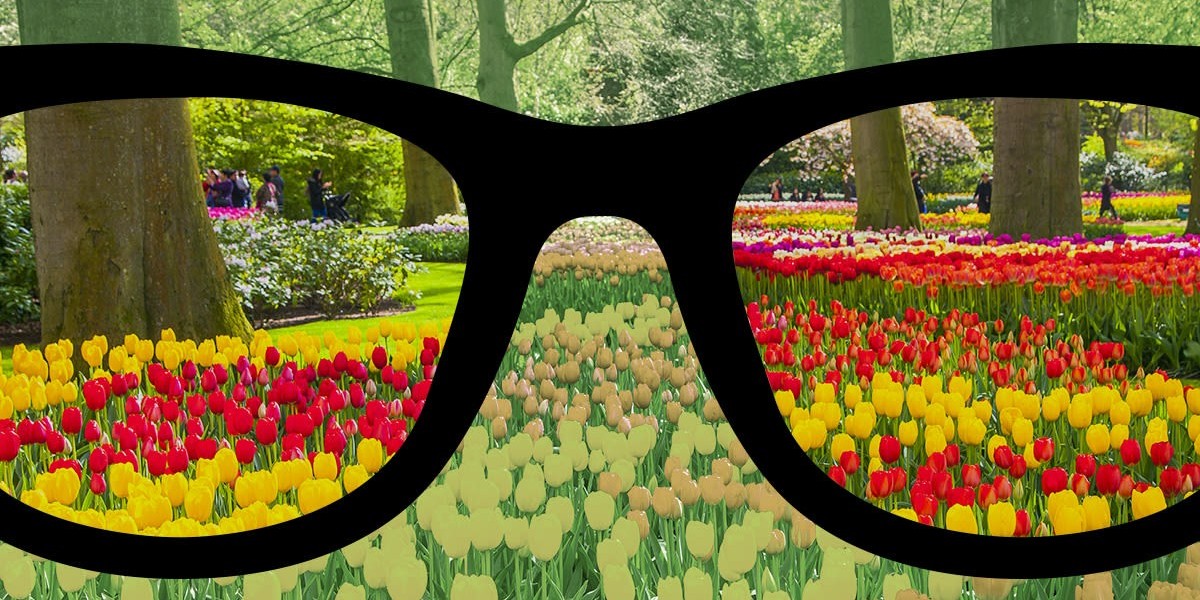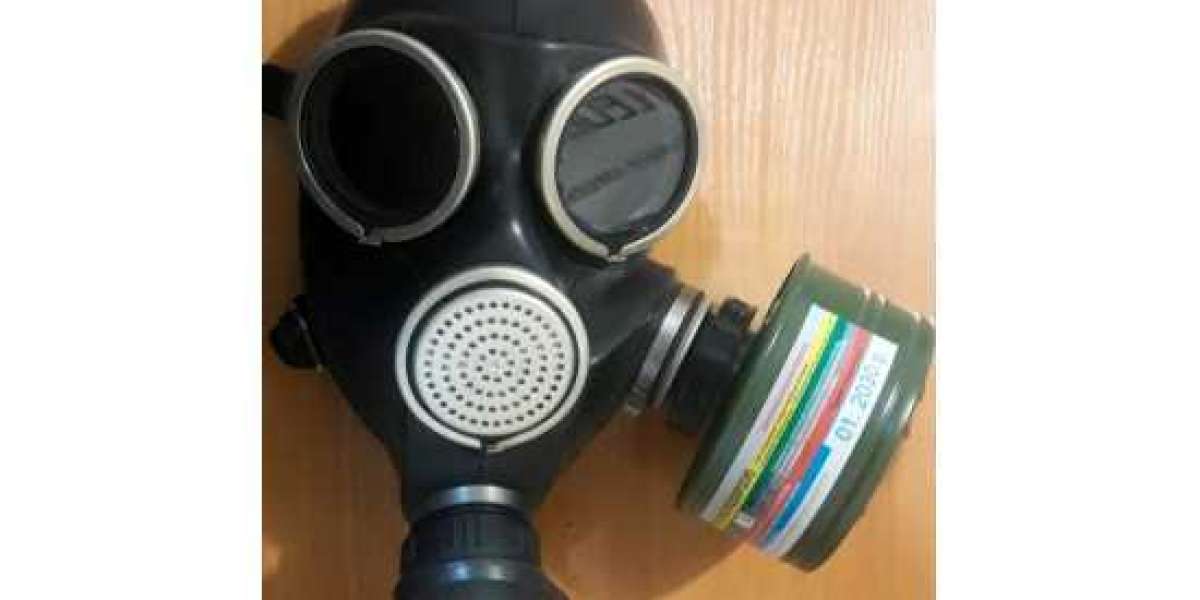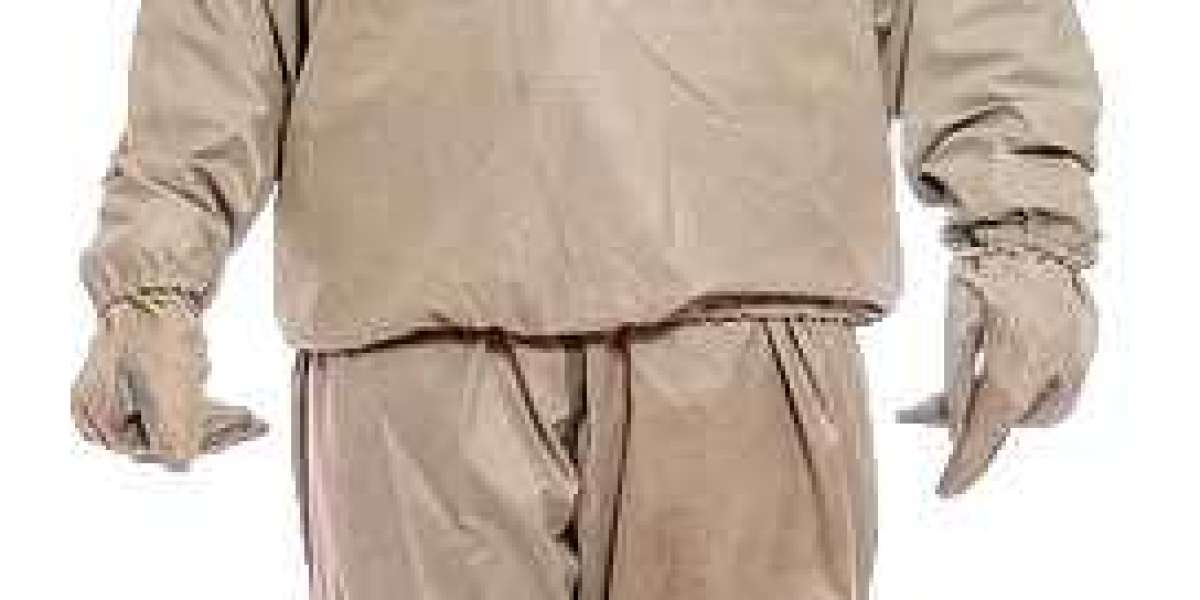The cheap eyeglasses near me we see and wear today appeared in the early 18th century. The biggest problem with vision AIDS is fit: either the glasses keep slipping off the wearer's face, or it's just very difficult to hold them in place. An advantage of "ear-mounted glasses" or "glasses with mirror legs" over their predecessors is that they have a nose bridge and mirror legs that hold the glasses in place through the ears. Metal rings are usually attached to the end of the mirror leg for more comfort. The first physical appearance of the glasses was in London, where they could be seen in the brochures of British optician Scarlett from 1728. In the United States, people were also thinking about how to improve glasses. Did you know that in 1784, Benjamin Franklin created the bifocal lens, the precursor to today's zoom lens? This is why bifocal lenses are also called "Franklin glasses".
Modern "glasses with mirror legs" have been widely used since 1850. Their basic design hasn't changed much in the last century and a half. However, over time, until the anatomy became more perfect in the early 20th century, the wearer's comfort improved with better design of the mirror legs and more comfortable nasal brackets. At this stage, the quality of the glasses reached a new peak, but Zeiss was still able to make significant improvements to the lenses. "You can see better with glasses than without them" - this is the prevailing opinion among the general population. But Zeiss raises an important question: Is it possible to further optimize eyewear's vision by improving lenses? Zeiss has been developing lenses to support all vision since 1908, rather than focusing solely on what sells well. The research team, led by renowned optical scientist Moritz von Rohr (1868-1940) and Swedish ophthalmologist and future Nobel Prize winner Allvar Gullstrand (1862-1930), focused their full attention on lenses worn by cataract patients, Because they need to improve their vision the most. The result of their research was Punktal®, which was the first lens with point-focused imaging and inspired the eye care revolution that swept the world in 1912. Punktal® allows the wearer to see clearly through the surrounding area of the lens. Before this invention, if the wearer wanted to see the transformation of things clearly, he had to turn his head so that the object was in the center of the lens. This achievement continues to shape the world of eye care today. Another success came in 1935: Zeiss used Perivist to create the world's first frame that could be adjusted to the wearer without slipping off. In other words, Zeiss produced the first pair of modern eyeglasses. Previously only round optical lenses could be used.








